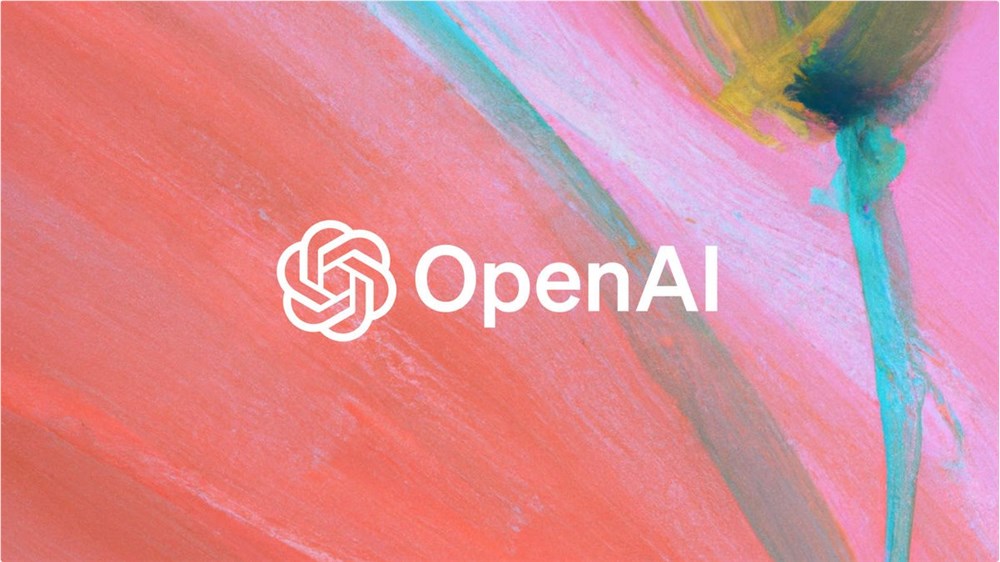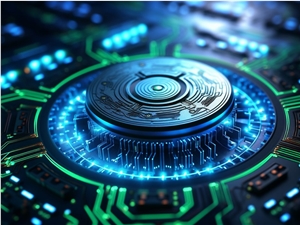In the future, the humanoid robot market is expected to reach $38 billion. To meet this enormous market demand, particularly in the industrial and manufacturing sectors, Nvidia recently announced the launch of a series of foundational robot models, data pipelines, and simulation frameworks to accelerate the development of the next generation of humanoid robots.
Nvidia's founder and CEO, Jensen Huang, unveiled the Isaac GR00T blueprint at the CES exhibition, which aims to assist developers in generating large amounts of synthetic motion data through imitation learning by leveraging synthetic motion generation.

Imitation learning is a subset of robotic learning that enables humanoid robots to acquire new skills by observing and mimicking demonstrations from human experts. Collecting these high-quality datasets in the real world is both time-consuming and costly; however, with the Isaac GR00T blueprint, developers can easily generate large synthetic datasets with minimal human demonstrations.
Developers can start with the GR00T-Teleop workflow, using Apple Vision Pro to capture human movements in a digital twin. Next, the GR00T-Mimic workflow expands these human demonstrations into larger synthetic motion datasets, and finally, the GR00T-Gen workflow further enhances the datasets through domain randomization and 3D upgrades, supported by Nvidia's Omniverse and Cosmos platforms. These datasets can serve as inputs for robotic strategies, helping robots interact with their environment more effectively and safely.

Additionally, Nvidia also launched the Cosmos platform at CES, which includes a range of open pre-trained world foundation models designed to generate physically aware videos and world states, promoting the development of physical artificial intelligence. These models have been trained on 180 trillion data units, covering 2 million hours of data from autonomous driving, robotics, and drone videos. Cosmos not only generates large-scale datasets but also narrows the gap between simulation and reality through 3D upgrades of images.
Overall, Nvidia's Isaac GR00T, Omniverse, and Cosmos are driving innovation in physical artificial intelligence and humanoid robots. Numerous robotics companies, including Boston Dynamics and Figure, have begun adopting Isaac GR00T with positive results. Humanoid software, hardware, and robot manufacturers can apply for early access to Nvidia's humanoid robot developer program.









